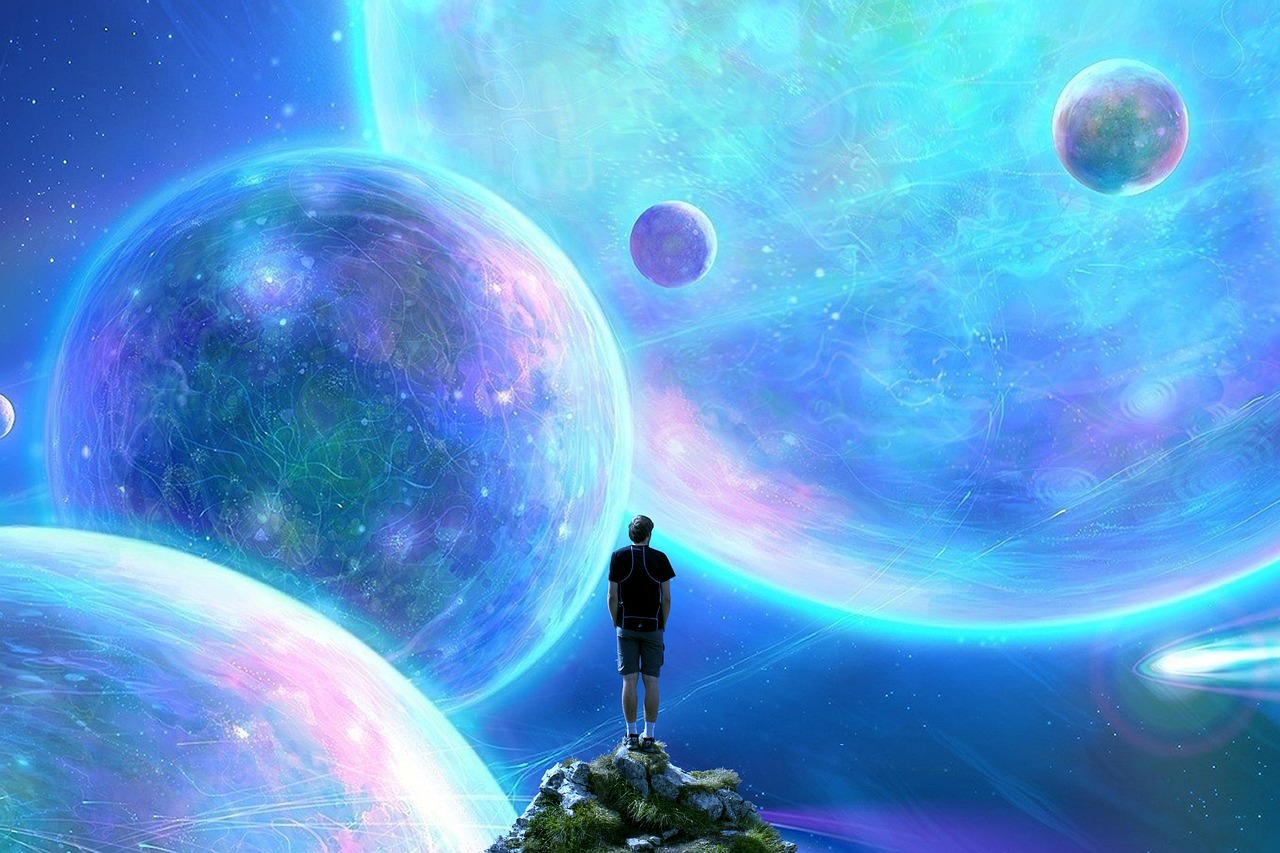Here is a summary of the primary science rules and laws that apply to all matter and energy, including people and animals. Ultimately, all living things are affected by the same physical laws that drive atoms and stars. However, chemistry and biology have also developed new rules that describe living systems in more detail.
1. Basic rules of physics
Gravity and the Laws of Motion
Newton's Laws of Motion explain how forces affect the movement of things, like the bodies of people and animals.
Newton's Law of Universal Gravitation, General Relativity, describes how masses pull each other and shape spacetime. It keeps people and animals on the surface of the Earth unless they are given enough force to do something like jump or fly.
Electricity and magnetism
Maxwell's Equations: Explain how magnetic and electric fields work. It can help with any task that uses nerve signals (the body's electrical impulses), muscle contraction, or sensory perception, like seeing light waves that depend on nerve signals.
Based on the Lorentz Force Law, electric and magnetic fields can change charged particles, like the ions in nerve cells.
How heat works
First Law: A creature changes its energy (from food) into heat and work (like moving muscles or fixing cells). It does not make or destroy energy.
Second Law (Entropy): All systems, including metabolism, produce waste heat and increase the entropy level overall. The cells and tissues of living things make order in their area, but they have to send disorder to their surroundings through heat and waste.
Quantum Mechanics (tiny scale)
Quantum principles control how atoms and molecules behave and where all living things come from. They also control chemical bonds, electron orbitals, and molecule stability, which impacts all biological processes.
2. The Chemical Rules of Life
The rules that tell us how chemicals react and bond
Chemical bonds (like covalent, ionic, hydrogen, and so on) are formed and broken by electromagnetic forces and quantum mechanical interactions.
The rules of chemical kinetics and thermodynamics, which also govern reaction rates and equilibria, control how fast and under what conditions biochemical processes occur.
Chemistry of Acids and Bases and Redox
Keeping pH levels in cells and tissues stable is important for living things.
Reduction-oxidation processes are essential for metabolism and energy production, such as in the mitochondria of animal cells.
Biochemical Routes
Michaelis–Menten kinetics and other rules that control reaction speeds are used in enzyme-mediated processes.
Bioenergetics says that making and using ATP follows the same chemistry and thermodynamic rules as any other energy change.
3. Some basic biological ideas
How Cells Work
All living things, including people and animals, comprise at least one cell. The cell is the building block of life, and from old cells come new ones. Molecular biology's most important beliefs.
Genes are passed on from DNA to RNA to proteins. It controls how living things store, send, and use genetic information to build and maintain structures.
The Laws of Inheritance by Mendel
Explain how animals that reproduce sexually pass on traits from one generation to the next. Mendel's laws (segregation and independent assortment) are still fundamental, even though genetics in the real world can be more complicated and include imperfect dominance, epigenetics, linkage, and more.
Natural Selection as a Theory of Evolution
Charles Darwin proposed that Russel Wallace first put it forward. It says that statesrganisms with beneficial variations are more likely to live and reproduce, passing on their features to the next generation. It talks about the variety and adaptations of life on Earth, including people and animals.
Living things tend to control their internal environment, which includes temperature, pH, and ion ratios, to maintain stable conditions that allow them to live.
New levels of order and complexity
Fundamental chemical and physical rules control living things, but they also have behaviours that appear out of nowhere, like metabolism, growth, reproduction, and consciousness in humans. These behaviours are caused by molecules, cells, and tissues interacting with each other in complex ways.
4. Laws of conservation and symmetry that apply to biology
The Saving of Energy
Both people and animals need to eat for biological processes to occur. Energy never comes from nothing; it changes from one form to another. Keeping mass the same the pathogens in your body come from food, water, and air. When unused, they return to the world as waste or heat exchange.
Theorem of Noether and Symmetries
- Time-travel symmetry: energy stays the same.
- Space-translation symmetry: motion stays the same.
- Whether you are watching a rock fall or a cheetah run, these things are always accurate.
5. Extra Principles: Creating Lives for People and Animals
Principles of Behaviour
Behavioural science shows that organisms often act in patterns formed by natural selection, learning, and ecological constraints. These patterns are not as "universal" as physical or chemical laws but are still very important.
Limitations on ecology and evolution
Carrying Capacity: The number of people or animals living in an area cannot exceed the available resources.
Thermodynamics and efficiency limits control of the flow of energy through environments, from the sun to plants, animals that eat plants, and animals that eat meat.
Biology of Development
Genes, signalling pathways, and epigenetic factors control a creature's steps to develop from a fertilized egg (zygote) into a complex body.
Controlling the Physiology
The nervous and endocrine systems react to things inside and outside the body. They do this by using chemicals to send signals and moving ions across membranes, called electrochemistry.
Sociobiological and Cultural Rules (for People)
Humans have basic biological needs and complicated social structures, cultures, laws, and moral systems. These things happened over time based on fundamental biological needs, learning, language, and historical context.
6. Themes That Bind
Going Back to Physics
Ultimately, every cell function and behaviour at the organism level can be linked to fundamental interactions. These include electromagnetic forces for bonds and nerve signals, quantum mechanical rules for chemical bonding, and gravitational effects on posture and movement.
Emergence in Living Things
Living things are complex because they have many parts that work together and follow basic rules. Things like consciousness, how ecosystems work, and even how people organize their societies are based on simple physics and chemistry. However, they are not easily explained by them alone.
Adaptation and choice
Evolution changes living things so they can use energy sources, survive in harsh environments, and have babies.
To sum up the rules of physics, like mechanics, gravity, electromagnetism, thermodynamics, and quantum mechanics, apply to all matter and energy, which means they also apply to people and animals.
- Atoms and molecules work together to form complex molecular networks that keep life going.
- Biological concepts, such as cell theory, central dogma, evolutionary theory, and homeostasis, explain how living systems are put together, how they work, and how they change over time.
- Ecological and Behavioral Laws explain how living things interact with their surroundings and each other, following the rules of physics and development.
- These rules and laws "govern" people and animals because we are made of the same atomic building blocks as the rest of the universe. However, we are organized into complex, self-regulating, developing systems limited by fundamental physical laws.

